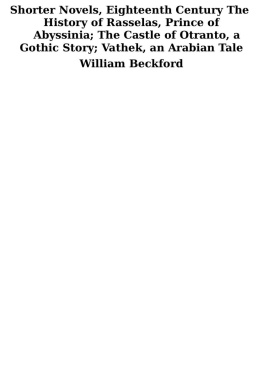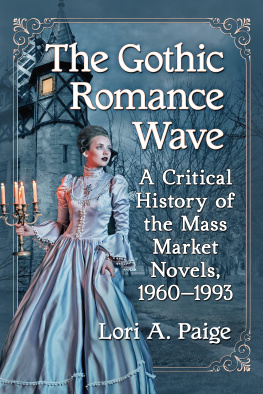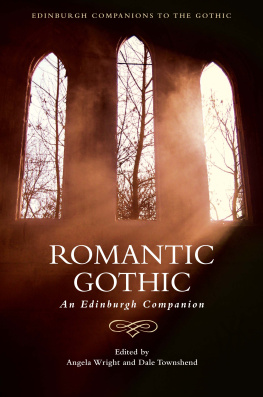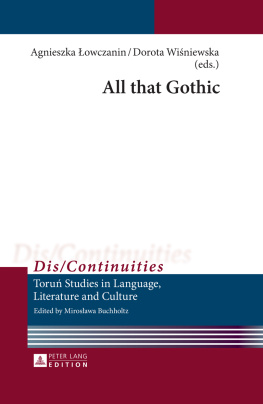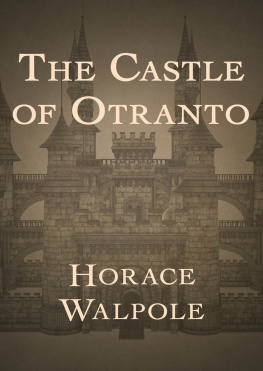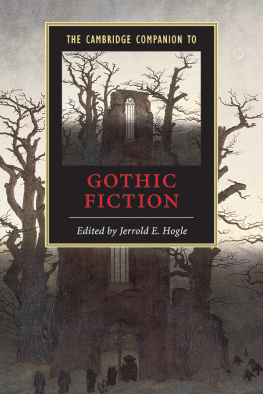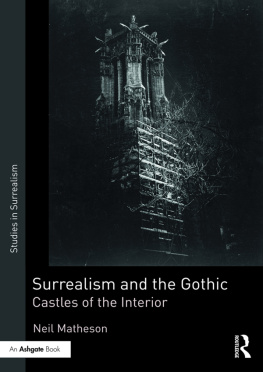Copyright Jonathan Dent 2016
The right of Jonathan Dent to be identified as the author of this work has been asserted by him in accordance with the Copyright, Designs and Patents Act 1988.
Published by Manchester University Press
Altrincham Street, Manchester M1 7JA
www.manchesteruniversitypress.co.uk
British Library Cataloguing-in-Publication Data
A catalogue record for this book is available from the British Library
Library of Congress Cataloging-in-Publication Data applied for
ISBN 978 0 7190 9597 9 hardback
First published 2016
The publisher has no responsibility for the persistence or accuracy of URLs for any external or third-party internet websites referred to in this book, and does not guarantee that any content on such websites is, or will remain, accurate or appropriate.
Typeset by Out of House Publishing
Acknowledgements
I would like to thank several people who have provided support during the writing of this book. First and foremost, I am very grateful to Nick Freeman and Carol Bolton for their generous sharing of knowledge and encouragement over many years. My book has benefited enormously from their constructive and supportive criticism. I would like to thank Caroline Franklin and Julian Wolfreys for their comments, conversations and thoughts. My gratitude is also due to Manchester University Press for their patience and support. The insights of the three anonymous readers have strengthened this book considerably. Sections of this study have been presented at conferences and university seminars over the years and have benefited from the perceptive comments and questions of those who attended events hosted by the Universities of Loughborough, Sheffield, Oxford, and Cambridge. My thinking on the Gothic, and the relationship between literature and history, has been shaped by my teaching. Special thanks are, therefore, due to the undergraduate students that I have taught at Loughborough University and De Montfort University. Gratitude is also due to my friends for their backing and unwavering ability to make me smile. Above all, my heartfelt thanks go to my parents and my sister for believing, supporting and listening to me throughout the course of this project. It is to these three people that I dedicate this book.
Introduction: history and the Gothic in the eighteenth century
I believe this is the historical Age.
David Hume to William Strahan (August 1770)
The first ages of Scottish History are dark and fabulous. Nations, as well as men, arrive at maturity by degrees, and the events which happened during their infancy or early youth, cannot be recollected, and deserve not to be remembered.
William Robertson, The History of Scotland (1759)
But when I am sure that in all ages there can be but little dependence on history, I cannot swallow the legends of the darkest period in our annals. In one word, Sir, I have often said that History in general is a Romance that is believed, and that Romance is a History that is not believed; and that I do not see much other difference between them.
Horace Walpole to Dr Henry (15 March 1783)
It is a dark and stormy night. Alone inside a room in a ruined abbey located in a gloomy forest, an orphan discovers a secret door that is hidden behind a tapestry. She opens it and, after descending a few steps, finds herself in an ancient chamber. The only sound she can hear is the wind that whistles through the apartment. As she explores her surroundings, the moonlight which shines through a shattered casement is obscured by a cloud and she is temporarily left in total darkness. Trembling, she trips over something on the floor. The moonlight returns and she learns that the object she stumbled over is an old dagger spotted with what appears to be rust. Surveying the room, she discovers mouldering furniture, dust, cobwebs and an old, decaying manuscript. Struggling to read the fragments that are still legible, she learns to her horror that the script was written by someone who was murdered in the abbey many years ago. This chilling sequence of events features, of course, in Ann Radcliffes The Romance of the Forest (1791) and, typical of eighteenth-century English Gothic novels, a repressed and macabre history lurks at the heart of the narrative. In all of the Gothic novels discussed in this book, dark stories and sinister pasts return to haunt the present. Whether it is fragmented scripts, discarded documents, fractured histories, ancient artefacts, decaying architecture, confused ancestry, generational conflict, a preoccupation with origins or the presence of history through supernatural occurrences, the Gothic is obsessed with the nature of the past and our relationship with it. As David Humes epigraph to this chapter indicates, interest in the systematic analysis and study of the past exploded in the eighteenth century, and the Gothic capitalised on the centurys attraction to history.
The Gothic is everywhere fascinated by the past. In recent years, Gothic criticism has witnessed a resurgence of historicised readings of texts and, while this renewed critical focus recognises the importance of historical context, little attention has been paid to how such texts actually construct and represent the past., 1: 4) and that it seems to have been a mode of history, a way of perceiving an obscure past and interpreting it (1: 52). He also comments that the Gothic provides a genuine substitute for history and functions as a means of understanding those barbaric areas where knowledge had not quite penetrated (1: 98). However, characteristic of many critical responses to the Gothic over the decades, Punter conducts predominantly psychoanalytic and Marxist readings of Gothic texts and does not develop these ideas, or their wider implications for the genre.


